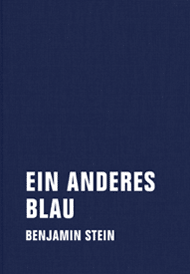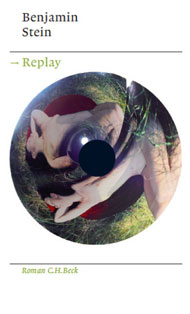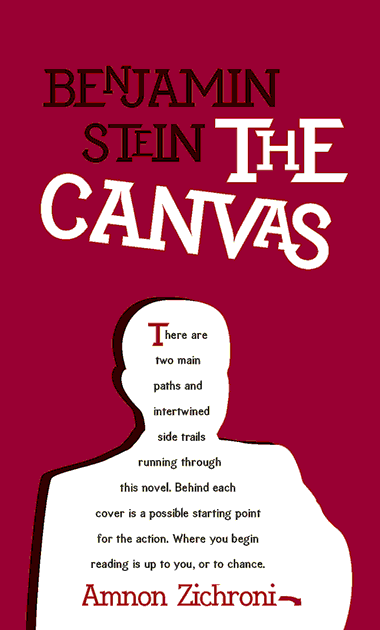••• Die US-Regierung sorgt sich um die Gesundheit der Kinder – und verbietet den Verkauf von Kinderbüchern, die vor 1985 gedruckt wurden. Der Grund: Bleipigmente in den für den Druck – insbesondere von Illustrationen – bis dahin verwendeten Farben. Es handelt sich nicht direkt um ein Verbot, denn es wird lediglich darauf hingewiesen, dass Verkauf und Verschenken solcher Bücher strafbewehrt sein können, wenn der Verkäufer sie nicht zuvor auf besagte Pigmente hin hat untersuchen lassen. Die Kosten solcher Tests sind allerdings so hoch, dass auf die meisten alten Kinderbücher nun unweigerlich die Makulierung wartet, denn die im Zweifelsfall zu erwartenden Strafen gehen bis 100.000 US$.
The problem is the Consumer Product Safety Improvement Act of 2008 (CPSIA), passed by Congress last summer after the panic over lead paint on toys from China. Among its other provisions, CPSIA imposed tough new limits on lead in any products intended for use by children aged 12 or under, and made those limits retroactive: that is, goods manufactured before the law passed cannot be sold on the used market (even in garage sales or on eBay) if they don’t conform. The law has hit thrift stores particularly hard, since many children’s products have long included lead-containing (if harmless) components: zippers, snaps, and clasps on garments and backpacks; skateboards, bicycles, and countless other products containing metal alloy; rhinestones and beads in decorations; and so forth. Combine this measure with a new ban (also retroactive) on playthings and child-care articles that contain plastic-softening chemicals known as phthalates, and suddenly tens of millions of commonly encountered children’s items have become unlawful to resell, presumably destined for landfills when their owners discard them. [Children’s books burn, courtesy of the federal government.]
Wie so oft schießen die Amerikaner weit übers Ziel hinaus. Auch in heute gedruckten Büchern können Bleispuren zu finden sein, heute wie vor 1985 jedoch in erheblich geringerem Umfang als etwa in Wandfarben, bei denen die Gefahr, dass Kinder abblätternde Stücke oder Tapetenreste in den Mund nehmen und verschlucken, viel größer ist.
Walter Olsons Schlussworte im oben zitierten Artikel haben viel für sich:
Whatever the future of new media may hold, ours will be a poorer world if we begin to lose (or `sequester’ from children) the millions of books published before our own era. They serve as a path into history, literature, and imagination for kids everywhere. They link the generations by enabling parents to pass on the stories and discoveries in which they delighted as children. Their illustrations open up worlds far removed from what kids are likely to see on the video or TV screen. Could we really be on the verge of losing all of this? And if this is what government protection of our kids means, shouldn’t we be thinking instead about protecting our kids from the government?





